Endoscopy of the nose and nasopharynx

specialists

equipment

treatment
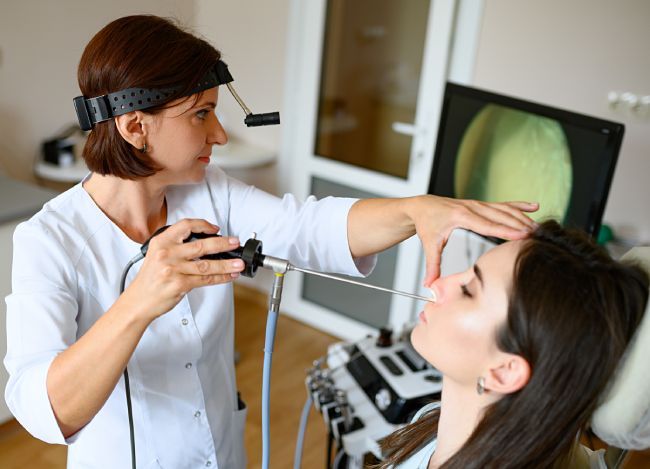
Despite the safety of nasopharyngeal endoscopy, there are certain conditions under which the procedure becomes undesirable or impossible. These include:
- Acute inflammation. In acute inflammatory processes (for example, rhinitis and sinusitis), the introduction of an endoscope increases pain and promotes the spread of infection
- Severe deformation of the nasal septum. A significant curvature of the septum makes it difficult (or impossible) to advance the endoscope through the nasal passages
- Severe bleeding disorders. During endoscopy, people with these disorders (where the blood does not clot properly) and those taking anticoagulants may experience increased bleeding.
The risk group also includes patients with heart failure and severe arrhythmias: endoscopy may negatively affect their general condition.
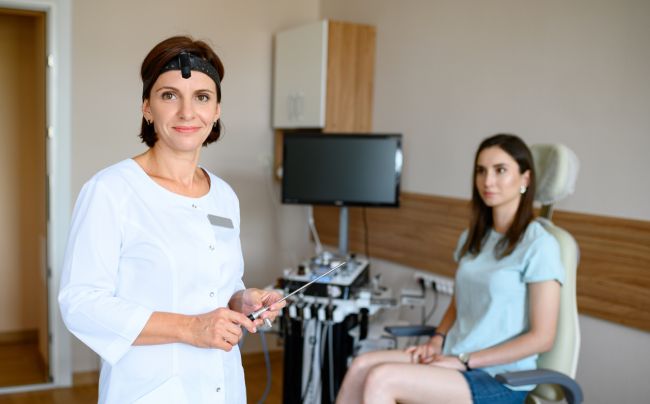
Endoscopy of the nasal sinuses and nasopharyngeal cavity is prescribed in the presence of snoring, hoarse voice, and difficulty breathing. In addition, the method is used when:
- Long-term congestion
- Night attacks of respiratory arrest
- Impaired sense of smell
- Frequent nosebleeds
- Hearing problems
- Pathological discharge from the ears
Endoscopic examination is prescribed for children due to delayed speech development and frequent headaches.
Advantages of the method
The main advantage of checking the nasopharynx and sinuses is its high accuracy. This is due to the fact that the endoscope is equipped with a camera that transmits a clear image of the internal structures to the screen. This allows the ENT specialist to examine in detail the condition of the mucous membrane, to clarify the presence of polyps, adenoids and other pathologies.
In addition, the doctor receives an image in real time. This allows you to immediately make a diagnosis and begin treatment.

Additional advantages:
- Minimal invasiveness The procedure is performed without incisions. This reduces the risk of infections and speeds up the recovery period.
- Fast recovery Because endoscopy is a non-surgical procedure, patients return to their normal activities immediately after the examination.
General information about the procedure
Answers to popular questions
Is nasopharyngeal endoscopy painful?
What should not be done before endoscopy?
How long does the procedure take?
What is better: nasal endoscopy or x-ray?
The choice between endoscopy and x-ray depends on the specific situation and diagnostic purposes. Endoscopy provides more detailed images of the internal structures of the nasopharynx. This is especially true when identifying inflammatory processes, polyps and other abnormalities.
In adults, x-rays allow you to evaluate the bone structures in the nasal cavity and detect major pathologies. However, for diseases of the mucous membrane it is less informative. Thus, if a detailed examination of the nasopharynx is necessary, endoscopy is the more preferable option.
Why is it better to do nasal endoscopy with us?
Doctors of the modern clinic K+31 in Moscow have extensive experience in the field of otorhinolaryngological procedures. We have our own certified laboratory and equipped outpatient pediatric department.
You can make an appointment for a consultation 24 hours a day. You can check the price (in general, the cost of our services is lower than market prices) by calling telephone.
Endoscopy of the nasopharynx for children
Preparing a child for a sinus endoscopy procedure begins 2-3 days before the procedure: this allows him to feel calm. It is necessary to explain to him that the procedure will not be painful and that he must remain motionless during the process. Additional instructions look like this:
- Do not use nasal drops without your doctor's permission
- Do not give your child foods that may make him/her excitable (this includes candy, chocolate, lemonade, and caffeinated drinks)
- Tell the doctor in advance about any medications your child has taken over the past two weeks
- Tell the doctor about your child’s medical conditions and past allergic reactions to medications
Endoscopic examination of the nose of adults and children is carried out in the same way. However, when examining babies under one year old, the doctor uses only a flexible device.


How is an appointment with an otolaryngologist at K+31?
Our doctors

This award is given to clinics with the highest ratings according to user ratings, a large number of requests from this site, and in the absence of critical violations.

This award is given to clinics with the highest ratings according to user ratings. It means that the place is known, loved, and definitely worth visiting.

The ProDoctors portal collected 500 thousand reviews, compiled a rating of doctors based on them and awarded the best. We are proud that our doctors are among those awarded.
Make an appointment at a convenient time on the nearest date
Price







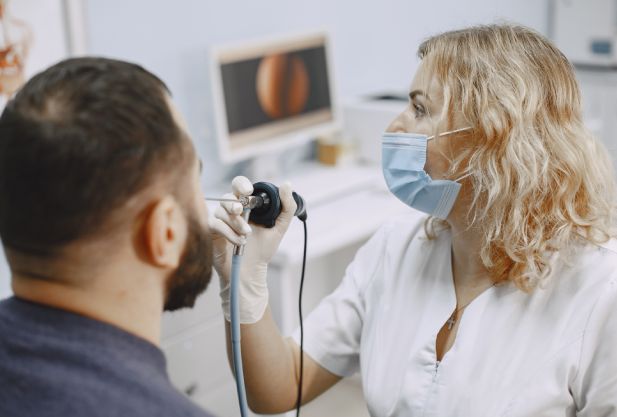
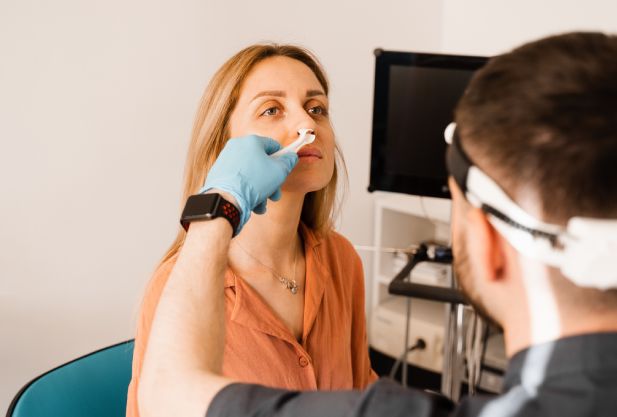

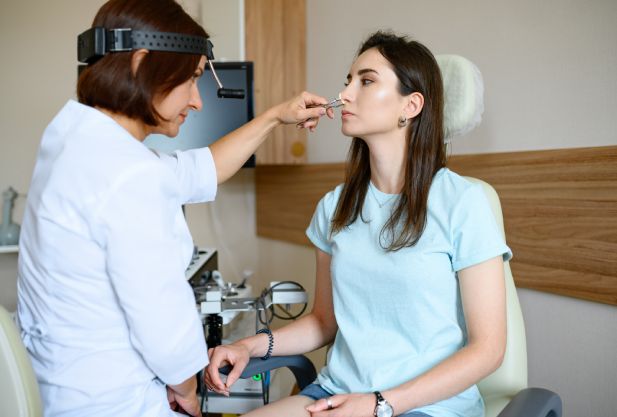
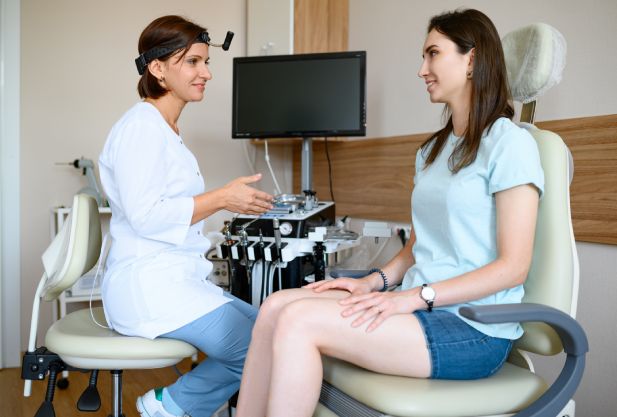












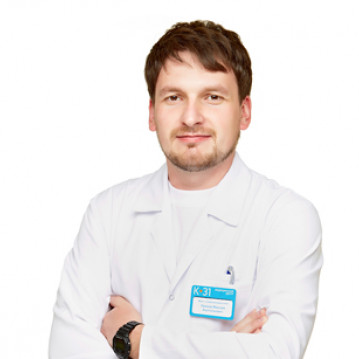


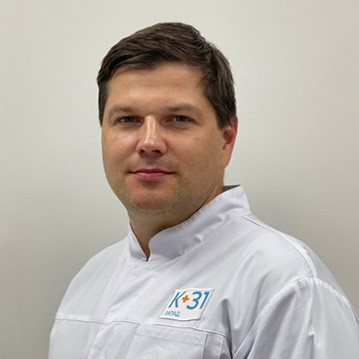




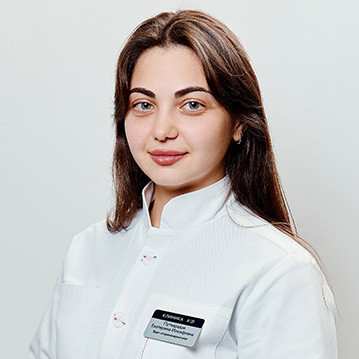


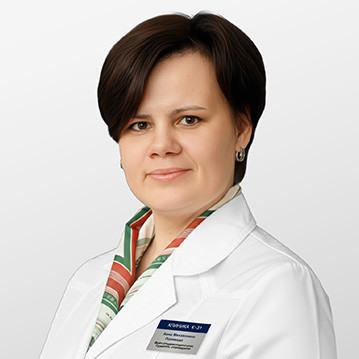







Goals of endoscopic examination
The main purpose of the study is to diagnose conditions and diseases of the nose. In particular, cavity endoscopy reveals:
In addition, the technique is used to monitor the effectiveness of treatment. For example, after surgery on the nasal septum or in the treatment of chronic inflammation, regular examinations help assess how well tissue restoration and healing is progressing.